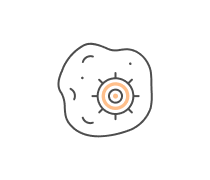Conception And Prenatal Development
- NGSS
- AP Bio
- IB Bio
2.
You may optionally provide this to label your report, leaderboard, or certificate.
×
Thank you for your feedback!
















